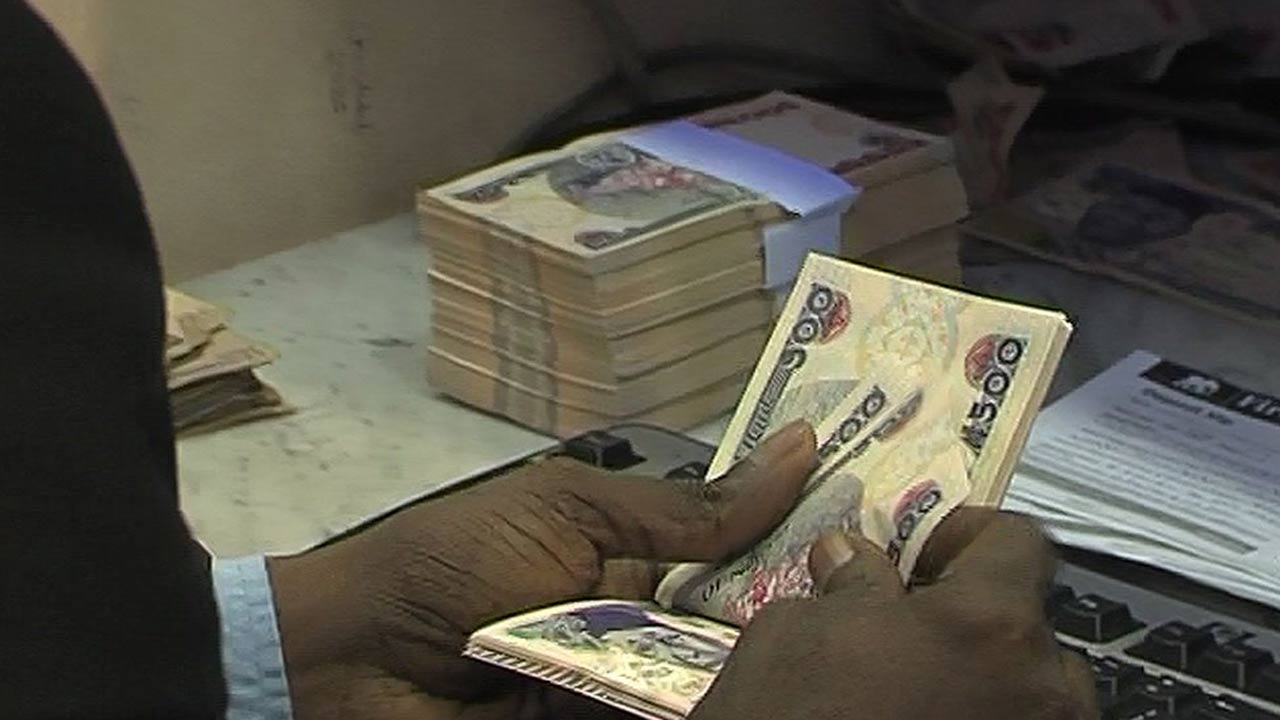Entertainment
What It Means To Be Financially Literate And How You Can Get There

Step 1: Master the Basics
Your first question is probably, “What are the basics?” Fair point. To me, the building blocks of financial literacy begin with:
Knowing your cash flow (my fancy-pants way of saying budget)
Sorry, but you have to do this. All it takes is sitting down and writing out exactly how much money you have coming in each month and how much is going out. Then add a $100 buffer. Trust me, you’re going to forget some expense when you first run the budget so having that $100 buffer offsets the problem.
Subtract your monthly expenses from your monthly income and boom, you’ve done your cash flow. If that number is negative, then it’s time to start making the hard choices. What can get slashed from your monthly expenses? Can you negotiate with anyone to reduce a reoccurring expense? Do you need to figure out how to bring in more money?
If that number is positive, then you need to be putting some of that money away into savings before it hits checking.
Building the savings habit
Even if you can only save $5 per paycheck – DO IT!
Don’t be discouraged into avoiding saving just because you can’t put away hundreds or thousands of dollars a month (yeah, some folks put away thousands!). The important step here is simply forming the habit. That way, when you actually have more discretionary income, you’ll be able to kick up how much you’re tucking away and it won’t be a massive lifestyle shift.
Never assume it will be easier for you to do in the future.
Doing a credit health check up
A healthy credit history is an insurance policy on your financial life. Do any of us want to have to borrow money? No. Do we all wish we could buy everything we want or need down to a house in cash? Sure! But realistically, it’s probably not going to shake out that way. Having a healthy credit history and high credit score means that you can unlock the crème-de-la-crème of financial products. In order to get those products, you want to have a flawless credit report and a 700+ credit score.
Initiate your credit health check up by pulling your credit report. I know that everyone wants to talk about the credit score, and we’ll get there, but start with your report. You are entitled by federal law to a free copy of your credit report from each of the three credit bureaus (Experian, Equifax and TransUnion). You can get these reports for free from annualcreditreport.com. Look at your report and check to ensure everything is accurate. You’ll see any time you screwed up and paid late or if an item went to collections or the times you just applied for credit – even if you didn’t take it or get approved.
Only after you’ve gotten a good sense of what your report looks like, do I want you to check out your score. Your credit report doesn’t come with a score, but you can still get access for free.
CreditWise – which is also available to everyone, whether you’re a Capital One customer or not – offers free credit monitoring as well as a simulator tool to play around and see how your behaviors can and will affect your credit score.
Facing your numbers
You may know that you’ve got debt. You may know the types of debt. But do you know, down to the penny, exactly how much debt you’re carrying? If the answer to that question is no, then it’s time to face the numbers.
There’s no way you can properly get your financial life together without knowing exactly how much debt you have, the interest rates, the minimums due and the timeline for repayment.
Once you’ve gathered your numbers, it’s time to move on to step 2.
Step 2: Set Your Goal and Create Your Action Plan
Once you’ve started to master the basics, it’s time to figure out exactly how to deploy your newfound skills. My recommendation: Set some goals first and then create an action plan about how to get there.
Your goals need to be painfully specific. Instead of saying, “I want to pay off my credit card debt.” I want you to say, “I want to pay off my credit card debt in full within six months, which means I need to pay off $500 a month.”
Now you’ve got your goal and a timeline, so start the action planning. Let’s pretend you do have to pay $500 a month towards your credit card. You now need to plan exactly how you will adjust your budget have that much available each month. Perhaps it’s tweaking habits like your daily lunch out or picking up a side gig.
Keep yourself accountable by running a weekly money meeting and checking in on both your budget and your goals.
Step 3: Pick the Right Financial Products
Once you’ve got the basics down, I implore, nay demand, that you start treating your money with respect and dignity. The best way to do this is by picking and using the right financial products for you.
Ditch any fee-riddled checking accounts charging you monthly maintenance fees or requiring a daily minimum or lobbying $35 overdraft fees your way if you make a mistake.
Please, don’t ever leave your money sitting in a 0.01% APY savings account. You deserve to be earning more and it’s not hard to make the switch. Check out Capital One’s savings account options. They’re convenient and straightforward, which makes you feel more empowered to bank with confidence.
Taking a few hours one weekend to audit all your financial products could end up saving you hundreds of dollars.































